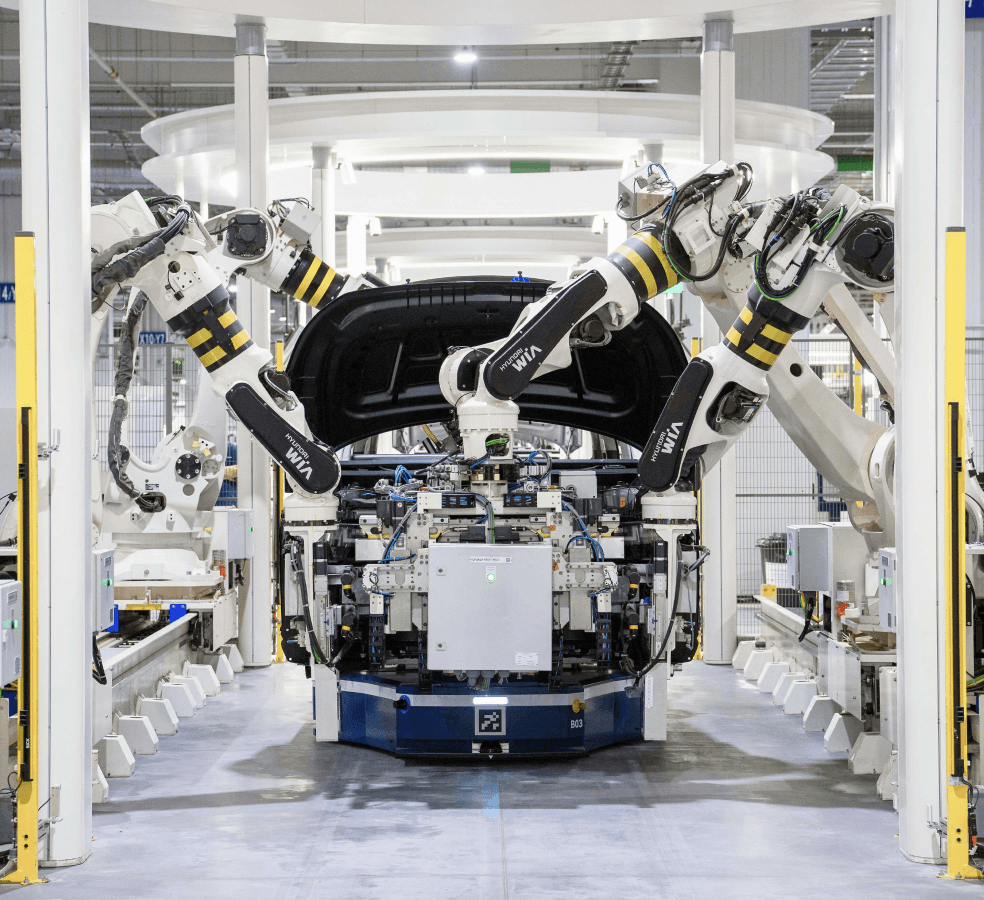The pharmaceutical and medical-product industries stand on the brink of a transformative revolution, courtesy of generative AI (Gen AI). McKinsey Global Institute's study, "Generative AI: The Next Productivity Frontier," casts a spotlight on this pivotal shift, revealing Gen AI's potential to unlock value equivalent to 2.6 to 4.5 percent of annual revenues within these sectors. This translates to a staggering annual impact of $60 billion to $110 billion, marking Gen AI not just as an innovative technology but as a new standard for accelerating drug discovery processes.
Unleashing Potential in Drug Discovery
The journey of bringing a new drug to market is notoriously long and resource-intensive, with R&D expenditures accounting for roughly 20 percent of revenues in the pharmaceutical industry. However, Gen AI promises to dramatically improve the efficiency and effectiveness of this process. From lead identification to indication finding, Gen AI can reduce timelines from months to weeks, offering a much-needed acceleration in the drug discovery process.
Gen AI in Action: Real-world Applications
The application of Gen AI in the pharmaceutical field is diverse and impactful. In lead identification, foundation models automate the preliminary screening of chemicals, streamlining the selection process for further analysis. This acceleration is critical in a phase that traditionally takes several months. Additionally, Gen AI enhances the indication finding phase, enabling researchers to quickly identify new potential applications for drugs based on vast amounts of clinical data. This not only speeds up the drug development process but also increases the probability of success in clinical trials.
Navigating the Challenges
Despite its promise, the integration of Gen AI into pharmaceutical R&D is not without its challenges. The need for human oversight remains paramount to ensure the quality and reliability of AI-generated outcomes. Issues such as explainability and privacy also demand careful attention, necessitating robust quality controls and ethical considerations to mitigate risks associated with AI-generated content and the use of sensitive data.
The Economic Impact and Beyond
The McKinsey Global Institute study underscores Gen AI's broader economic potential, projecting an addition of $2.6 trillion to $4.4 trillion annually to the global economy by 2030. Within the pharmaceutical sector, this translates into not only economic gains but also improvements in patient care through faster and more efficient drug discovery processes. As industries across the board stand to benefit from Gen AI, its role in marketing, sales, customer operations, and software engineering further highlights its versatility and transformative power.
Gen AI as a Catalyst for Change
The integration of Gen AI in the pharmaceutical industry represents a paradigm shift towards more efficient, innovative, and effective drug discovery processes. As companies navigate the complexities of implementing Gen AI, its potential to revolutionize the industry and contribute to global economic growth is undeniable. The McKinsey Global Institute's study not only highlights the significant economic impact of Gen AI but also serves as a roadmap for leveraging this technology to accelerate drug discovery, marking a new era in the pharmaceutical industry.
Credit: McKinsey Global Institute, "Generative AI: The Next Productivity Frontier"
Generative AI: The Next Productivity Frontier A McKinsey Global Institute Study
Spotlight: Pharmaceuticals and medical products Generative AI deployment could unlock potential value equal to 2.6 to 4.5 percent of annual revenues across the pharmaceutical and medical-product industries
Our analysis finds that generative AI could have a significant impact on the pharmaceutical and medical-product industries—from $60 billion to $110 billion annually. This big potential reflects the resource-intensive process of discovering new drug compounds. Pharma companies typically spend approximately 20 percent of revenues on R&D,1 and the development of a new drug takes an average of ten to 15 years. With this level of spending and timeline, improving the speed and quality of R&D can generate substantial value.
For example, lead identification—a step in the drug discovery process in which researchers identify a molecule that would best address the target for a potential new drug—can take several months even with “traditional” deep learning techniques. Foundation models and generative AI can enable organizations to complete this step in a matter of weeks. Generative AI use cases aligned to industry needs Drug discovery involves narrowing the universe of possible compounds to those that could effectively treat specific conditions.
Generative AI’s ability to process massive amounts of data and model options can accelerate output across several use cases: Improve automation of preliminary screening In the lead identification stage of drug development, scientists can use foundation models to automate the preliminary screening of chemicals in the search for those that will produce specific effects on drug targets. To start, thousands of cell cultures are tested and paired with images of the corresponding experiment.
Using an off-the-shelf foundation model, researchers can cluster similar images more precisely than they can with traditional models, enabling them to select the most promising chemicals for further analysis during lead optimization. Enhance indication finding An important phase of drug discovery involves the identification and prioritization of new indications—that is, diseases, symptoms, or circumstances that justify the use of a specific medication or other treatment, such as a test, procedure, or surgery. Possible indications for a given drug are based on a patient group’s clinical history and medical records, and they are then prioritized based on their similarities to established and evidence-backed indications.
Researchers start by mapping the patient cohort’s clinical events and medical histories —including potential diagnoses, prescribed medications, and performed procedures—from realworld data. Using foundation models, researchers can quantify clinical events, establish relationships, and measure the similarity between the patient cohort and evidence-backed indications. The result is a short list of indications that have a better probability of success in clinical trials because they can be more accurately matched to appropriate patient groups. Pharma companies that have used this approach have reported high success rates in clinical trials for the top five indications recommended by a foundation model for a tested drug.
This success has allowed these drugs to progress smoothly into Phase 3 trials, significantly accelerating the drug development process.
Additional factors to consider Before integrating generative AI into operations, pharma executives should be aware of some factors that could limit their ability to capture its benefits:
— The need for a human in the loop. Companies may need to implement new quality checks on processes that shift from humans to generative AI, such as representative-generated emails, or more detailed quality checks on AI-assisted processes, such as drug discovery. The increasing need to verify whether generated content is based on fact or inference elevates the need for a new level of quality control.
— Explainability. A lack of transparency into the origins of generated content and traceability of root data could make it difficult to update models and scan them for potential risks; for instance, a generative AI solution for synthesizing scientific literature may not be able to point to the specific articles or quotes that led it to infer that a new treatment is very popular among physicians. The technology can also “hallucinate,” or generate responses that are obviously incorrect or inappropriate for the context. Systems need to be designed to point to specific articles or data sources, and then do humanin-the-loop checking.
— Privacy considerations. Generative AI’s use of clinical images and medical records could increase the risk that protected health information will leak, potentially violating regulations that require pharma companies to protect patient privacy.








